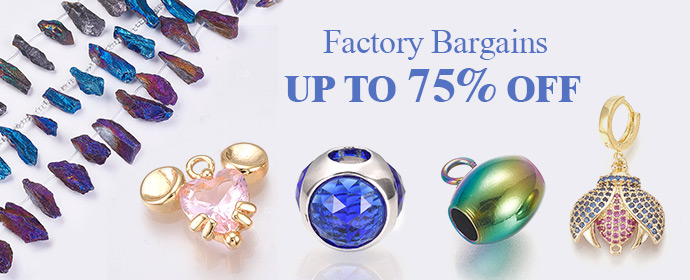Hairstyles have always been an integral part of fashion, influencing and being influenced by cultural shifts, social movements, and runway trends. From the elegance of the 1920s finger waves to the bold, voluminous curls of the 1980s, each era has brought its own defining hair trends that shaped the way we perceive beauty and style.
Fashion and hairstyles go hand in hand, creating timeless aesthetics that continue to inspire modern trends. Let’s take a journey through the most iconic hairstyles that defined fashion eras, showcasing how hair has evolved alongside the world of fashion.
1920s: The Flapper Bob and Finger Waves

The Roaring Twenties were all about rebellion, freedom, and self-expression. As women embraced shorter hemlines and looser silhouettes, their hairstyles followed suit.
The Flapper Bob: Popularized by film stars like Louise Brooks and Clara Bow, this sleek, chin-length bob became a symbol of independence and modernity. It was often paired with a side part and styled to perfection.
Finger Waves: To add elegance to short hair, women incorporated soft, sculpted finger waves, creating a polished and refined look that was often accessorized with headbands and decorative clips.
Fashion Influence
The 1920s hairstyles complemented Art Deco-inspired fashion trends beaded dresses, feathered accessories, and high-shine fabrics that reflected the Jazz Age’s opulence.
1930s-1940s: Hollywood Waves and Victory Rolls

With the Great Depression and World War II, fashion became more practical, yet Hollywood glamour remained influential. Women sought hairstyles that were both stylish and functional.
Hollywood Waves: Soft, glamorous waves popularized by silver-screen icons like Veronica Lake and Rita Hayworth defined femininity in the 1930s. These deep waves added a sophisticated, romantic touch to evening wear.
Victory Rolls: During the 1940s, as women took on wartime roles, practicality met style. Victory rolls became a signature look, featuring voluminous curls pinned up at the crown, allowing women to keep their hair off their faces while maintaining elegance.
Fashion Influence
Hairstyles in this era complemented the structured tailoring and A-line silhouettes of wartime fashion, reflecting resilience and grace under pressure.
1950s: The Poodle Cut and Pin-Up Curls

Post-war prosperity brought a return to ultra-feminine beauty ideals, with hair becoming an essential part of the polished, glamorous look.
The Poodle Cut: Made famous by Lucille Ball and Audrey Hepburn, this short, tight-curled style added playful volume and was often paired with pearl accessories.
Pin-Up Curls: Think Marilyn Monroe and Bettie Page voluminous, bouncy curls that framed the face and exuded effortless glamour. These styles complemented the curvy silhouettes and cinched waists of 1950s fashion.
Fashion Influence
With the rise of Christian Dior’s New Look, emphasized hourglass figures and refined femininity, hair became an essential element of the overall aesthetic.
1960s: The Beehive and Mod Bob
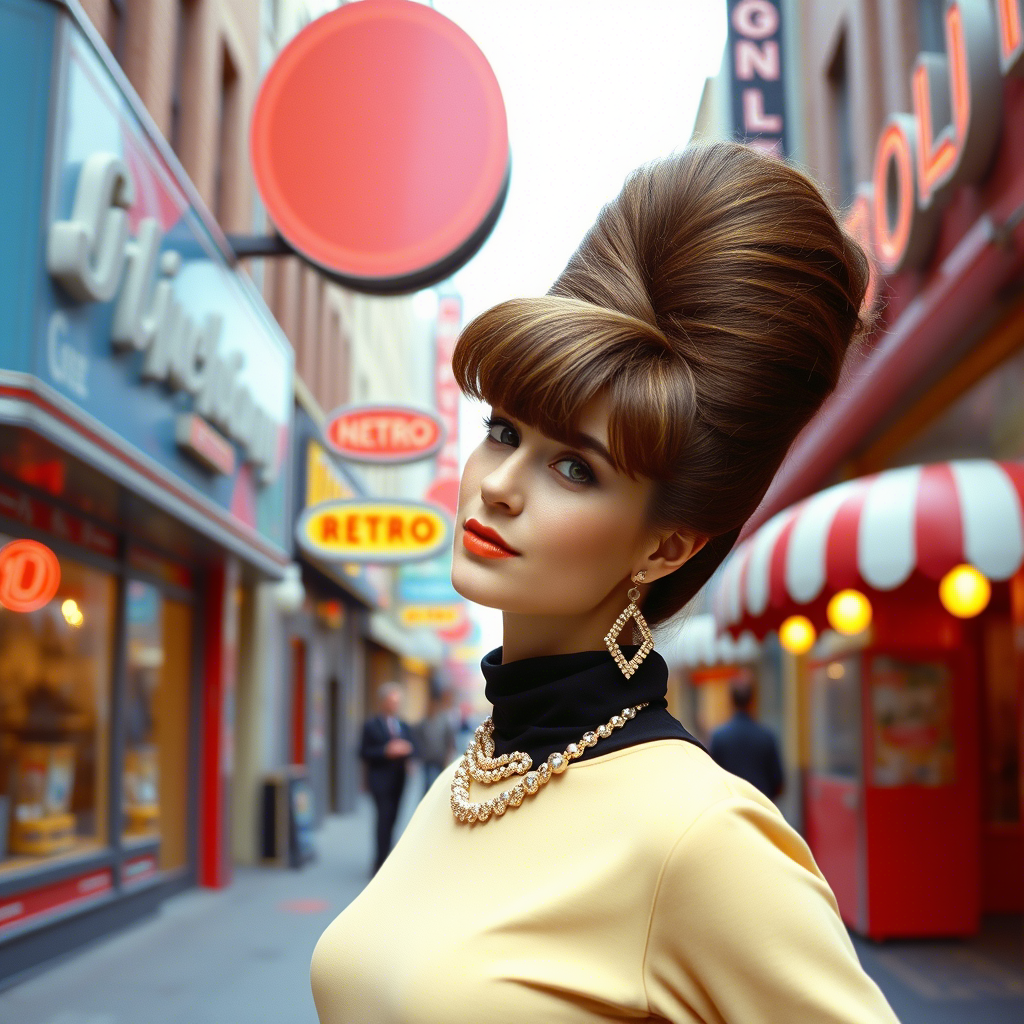
The 1960s was an era of cultural revolution, and hair trends reflected both glamorous sophistication and youthful rebellion.
The Beehive: Popularized by stars like Brigitte Bardot, this sky-high updo became a symbol of elegance and excess. It paired perfectly with A-line dresses and kitten heels, making it a staple at high-society events.
The Mod Bob: Inspired by British fashion icons like Twiggy and Mary Quant, the sleek, structured bob featured geometric cuts that matched the bold patterns and futuristic silhouettes of 1960s mod fashion.
Fashion Influence
From psychedelic prints to structured mini skirts, 1960s hairstyles played a huge role in enhancing the era’s youthful energy and artistic expression.
1970s: Boho Waves and Shag Cuts
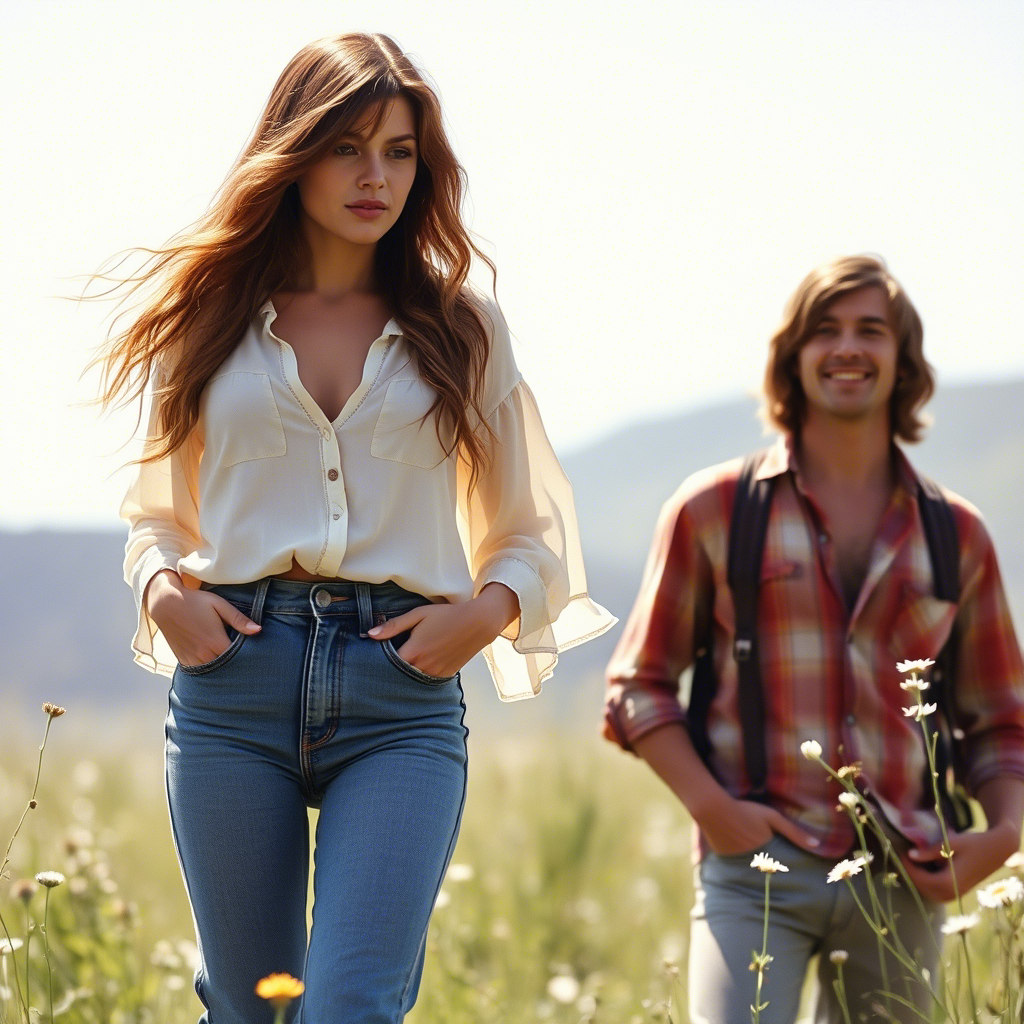
The 1970s brought a mix of bohemian freedom and rock ‘n’ roll edge, reflecting the decade’s rebellious spirit.
Boho Waves: Natural, tousled waves inspired by hippie culture and music festivals became a symbol of effortless beauty. Think Farrah Fawcett’s feathered layers and Jane Birkin’s carefree locks.
Shag Cut: This edgy, layered cut, famously worn by Joan Jett and Mick Jagger, embraced an androgynous rock aesthetic that paired well with leather jackets and flared jeans.
Fashion Influence
Hairstyles complemented flowy maxi dresses, fringe jackets, and bell-bottoms, encapsulating the free-spirited nature of the decade.
1980s: Big Hair and Punk Spikes
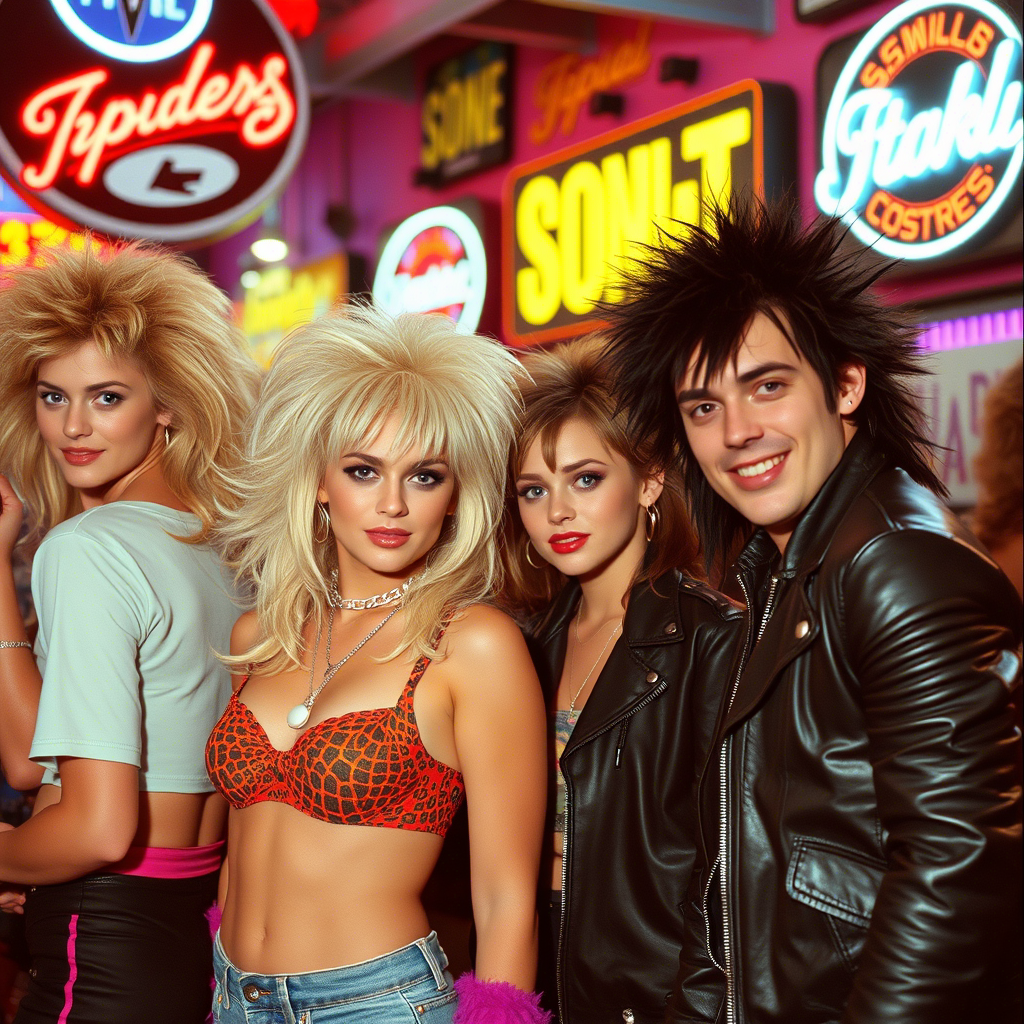
The bigger, the better that was the motto of 1980s hair trends. Volume, bold colors, and experimental cuts dominated the fashion scene.
Big Hair: Teased, permed, and sprayed to gravity-defying heights, voluminous hair became a defining trend among pop stars like Madonna and Whitney Houston.
Punk Spikes & Mohawks: Inspired by the punk rock movement, rebellious hairstyles featuring shaved sides, vibrant colors, and extreme spikes broke all fashion norms.
Fashion Influence
From power suits and shoulder pads to neon leggings, 1980s fashion embraced maximalism, and hair followed suit.
1990s: The “Rachel” and Grunge Hair
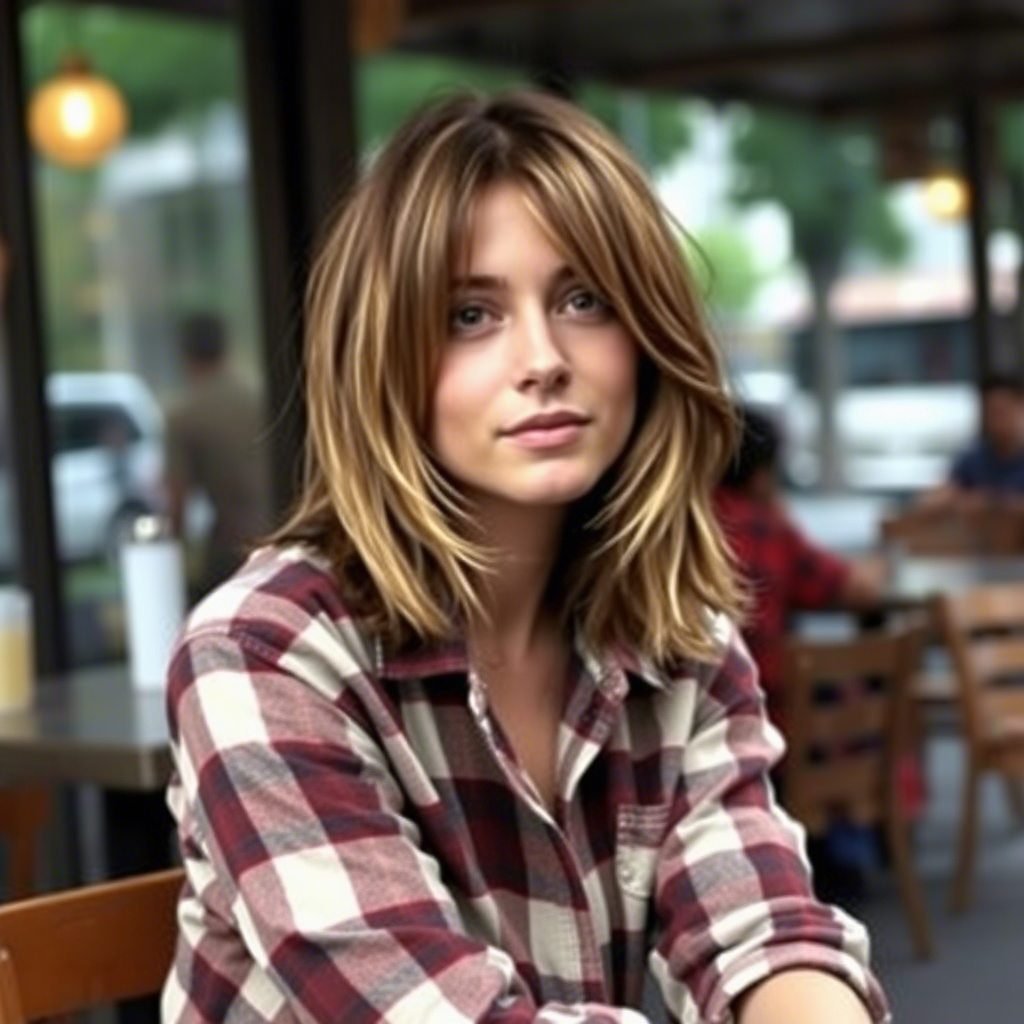
As the 90s embraced minimalism, hair trends shifted towards effortless, relaxed styles.
The “Rachel”: Jennifer Aniston’s layered cut on Friends became one of the most requested hairstyles of the decade, perfectly complementing the chic, casual style of the era.
Grunge Hair: Messy, undone hair, inspired by grunge fashion and music icons like Kurt Cobain, emphasized an anti-establishment, low-maintenance aesthetic.
Fashion Influence
With the rise of slip dresses, crop tops, and combat boots, 90s hairstyles embodied both polished sophistication and raw rebellion.
2000s-Present: The Evolution of Trends
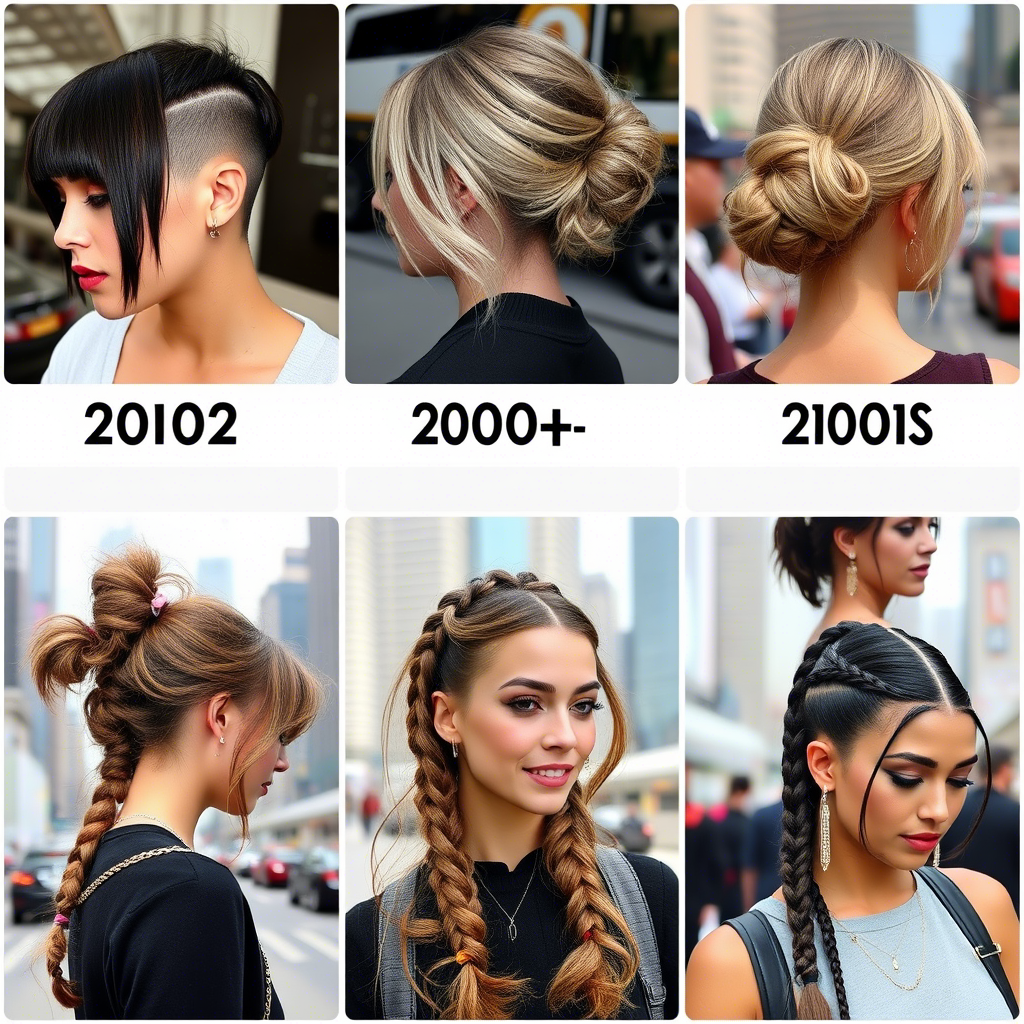
From sleek, flat-ironed locks to beachy waves, modern hairstyles continue to take inspiration from past eras while integrating new styling techniques and hair extensions.
Modern Influences: Social media and celebrity culture have amplified hair trends, making styles like glass hair, balayage, and bold neon colors mainstream.
Hair Extensions: The demand for Hair Extension Boxes has grown, as people seek versatile, customizable styles inspired by both historical and contemporary trends.
Fashion Influence
With fashion evolving into a mix of nostalgia and futuristic elements, hair trends remain an ever-changing reflection of personal style, cultural shifts, and runway inspiration.
Conclusion
Hairstyles have always been a powerful reflection of fashion trends, evolving with each era to match the clothing, beauty standards, and cultural movements of the time. Whether it’s the elegant waves of Old Hollywood, the rebellious punk spikes of the 80s, or the laid-back vibes of 90s grunge, hair continues to be a defining element of personal and collective style.
Photo credit AI
Recommend0 recommendationsPublished in Uncategorized

